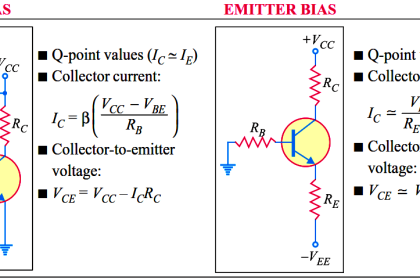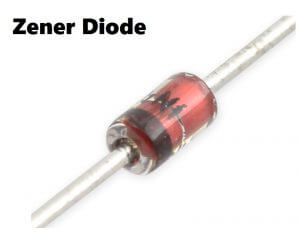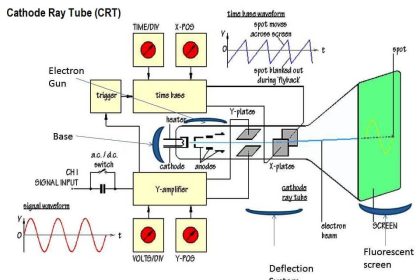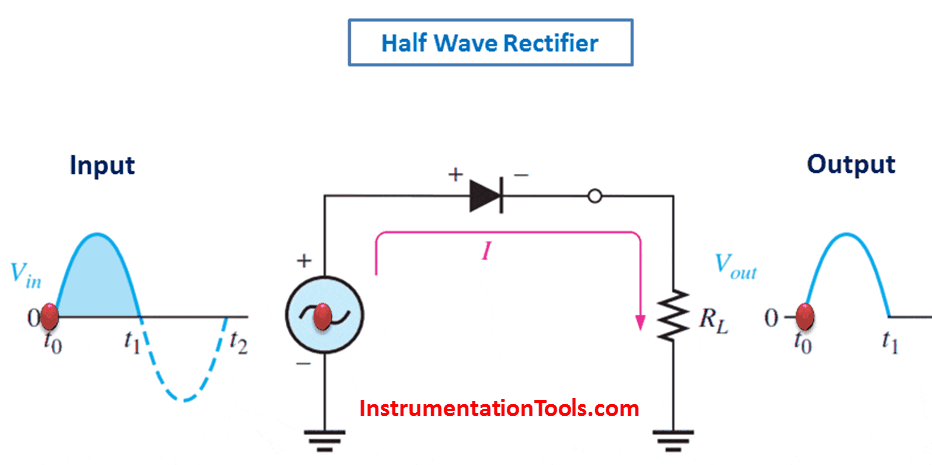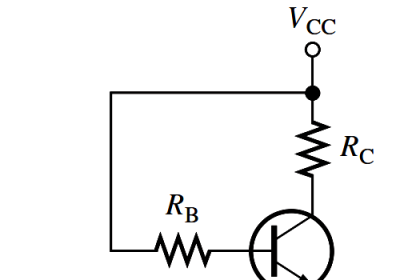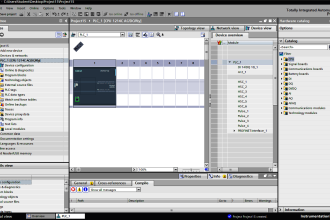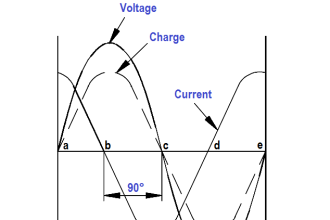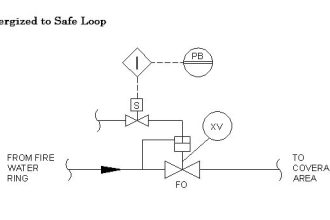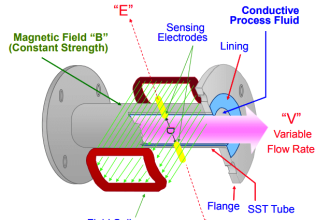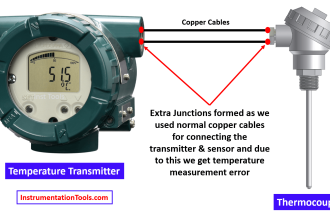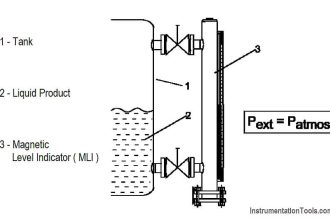A full-wave rectifier allows unidirectional (one-way) current through the load during the entire 360° of the input cycle, whereas a half-wave rectifier allows current through the load only during one-half of the cycle. The result of full-wave rectification is an output voltage with a frequency twice the input frequency and that pulsates every half-cycle of the input.
The number of positive alternations that make up the full-wave rectified voltage is twice that of the half-wave voltage for the same time interval. The average value, which is the value measured on a dc voltmeter, for a full-wave rectified sinusoidal voltage is twice that of the half-wave, as shown in the following formula:
VAVG is approximately 63.7% of Vp for a full-wave rectified voltage.
Types of Full Wave Rectifier
Note : Click on above links to read full articles on rectifiers.


